Clinical trials are conducted in distinct phases to systematically assess the safety, efficacy, and optimal use of new medical interventions. Each phase focuses on specific objectives, ensuring thorough evaluation before regulatory approval and widespread use.
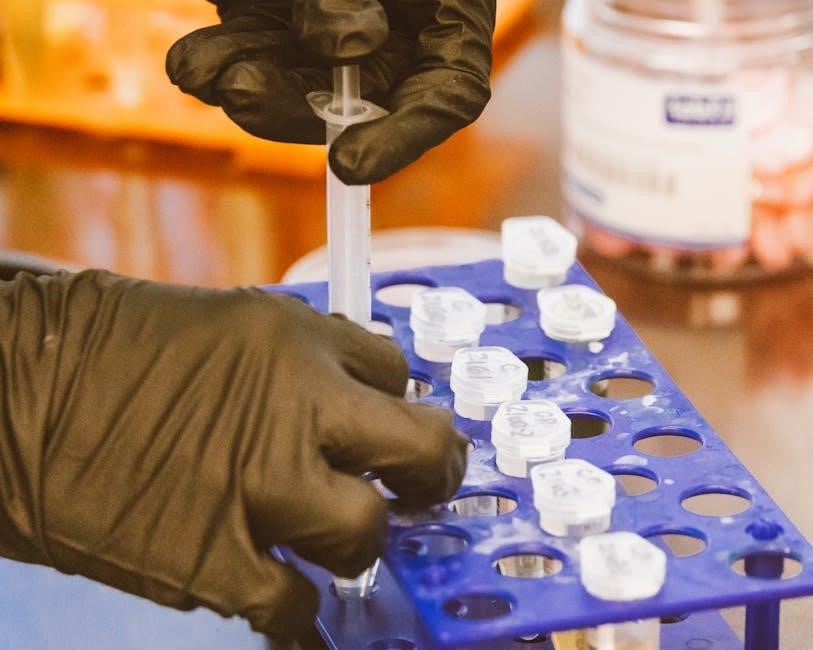
Overview of Clinical Trials
Clinical trials are systematically conducted studies to evaluate the safety, efficacy, and optimal use of new drugs, devices, or medical interventions. These trials are essential for advancing medical knowledge and ensuring that new treatments are safe and effective for patients. They are typically conducted in phases, each with specific objectives, to thoroughly assess the intervention before it is approved for widespread use; Clinical trials also aim to identify the best dosage, potential side effects, and the effectiveness of the treatment compared to existing options. Participants are closely monitored to gather comprehensive data, which is then analyzed to inform regulatory decisions. By following a structured approach, clinical trials ensure that new therapies meet rigorous scientific and ethical standards, ultimately improving patient outcomes and public health. This systematic process is critical for the development of innovative treatments and maintaining trust in medical advancements.
Importance of Phases in Clinical Trials
The structured phases of clinical trials are crucial for ensuring the safety and efficacy of new medical interventions. Each phase serves a distinct purpose, allowing researchers to build upon previous findings in a logical sequence. Phase I focuses on assessing safety and tolerability in a small group of participants, while Phase II evaluates effectiveness and identifies common side effects. Phase III expands to larger populations to confirm efficacy and monitor rare adverse events, often comparing the new treatment to existing standards. Phase IV occurs post-approval, monitoring long-term effects and real-world outcomes. This phased approach minimizes risks to participants, ensures scientific rigor, and provides regulators with comprehensive data for informed decisions. By systematically progressing through each phase, clinical trials help protect public health and accelerate the development of safe, effective treatments.

Phase I Clinical Trials
Phase I trials are the first stage of testing in human volunteers, focusing on assessing safety, tolerability, pharmacokinetics, and pharmacodynamics in a small group of participants.
Objectives of Phase I Trials
The primary objectives of Phase I trials are to evaluate the safety and tolerability of an investigational drug in a small group of healthy volunteers or patients. These trials assess the pharmacokinetics, including absorption, distribution, metabolism, and excretion, to understand how the drug behaves in the human body. They also identify the maximum tolerated dose and any dose-limiting toxicities, ensuring the safety profile is acceptable for further testing. Additionally, Phase I trials provide early insights into the drug’s efficacy, though this is not their main focus. The data collected during this phase are crucial for designing subsequent trials, ensuring that only safe and promising treatments advance to later stages of development.
Safety and Tolerability Assessment
Safety and tolerability assessment is a critical component of Phase I trials, focusing on identifying potential adverse effects and determining the maximum tolerated dose of an investigational drug. Volunteers or patients are closely monitored for any signs of toxicity or discomfort, with frequent medical evaluations and laboratory tests. Dosing regimens are carefully adjusted to minimize risks while maximizing potential benefits. This phase also evaluates the drug’s pharmacokinetics, including how it is absorbed, distributed, metabolized, and excreted. The goal is to ensure that the drug is safe enough to proceed to later-phase testing in larger populations. By prioritizing participant safety, Phase I trials lay the foundation for ethical and effective clinical research, protecting both current and future trial participants.
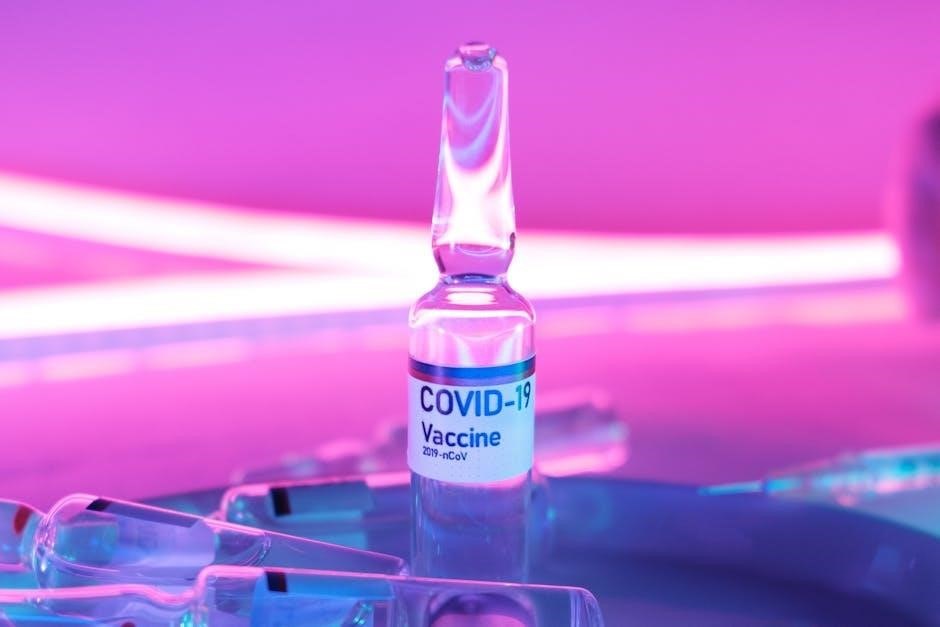
Phase II Clinical Trials
Phase II trials assess the efficacy and safety of a drug in a larger, targeted population, determining optimal dosages while monitoring side effects and treatment responses.
Evaluating Efficacy and Side Effects
In Phase II clinical trials, the primary focus is to evaluate the efficacy of the investigational drug and assess its safety profile in a larger, targeted patient population. Efficacy is measured by observing the drug’s ability to produce the desired clinical effect, such as reducing symptoms, slowing disease progression, or improving quality of life. Researchers use predefined endpoints, such as symptom reduction or lab tests, to quantify effectiveness. Additionally, Phase II trials identify and monitor side effects, which are critical for understanding the drug’s tolerability. Common side effects are documented, and rare but serious adverse events are also tracked. This phase helps determine the optimal dosage range that balances therapeutic benefits with manageable risks. By gathering comprehensive data on both efficacy and safety, Phase II trials lay the groundwork for larger-scale testing in Phase III.
Determining Optimal Dosage
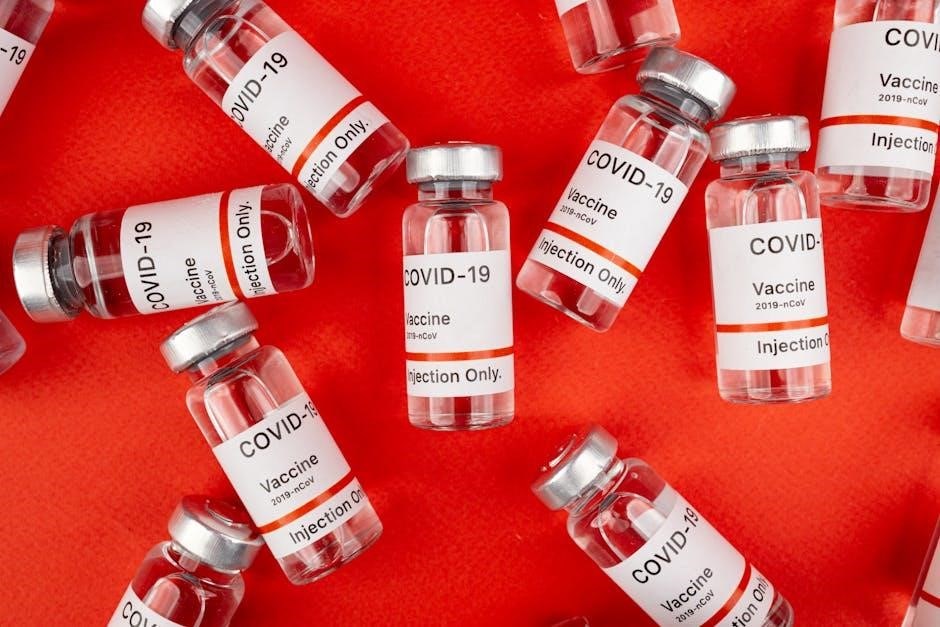
Determining the optimal dosage is a critical objective of Phase II clinical trials. Researchers aim to identify the dose range that maximizes therapeutic effectiveness while minimizing adverse effects. This involves administering varying doses to different groups of participants and comparing outcomes. The optimal dosage is often determined by evaluating the relationship between dose and response, ensuring that the therapeutic benefits are achieved without unacceptable risks. Statistical analysis and pharmacokinetic studies are employed to assess how the drug behaves in the body, including absorption, distribution, metabolism, and excretion. By establishing a clear dose-response curve, this phase provides essential data to guide further development and ensure the safety and efficacy of the investigational drug for larger-scale testing in Phase III trials. Accurate dosage determination is vital for advancing the drug to the next stage of evaluation and ultimately obtaining regulatory approval.

Phase III Clinical Trials
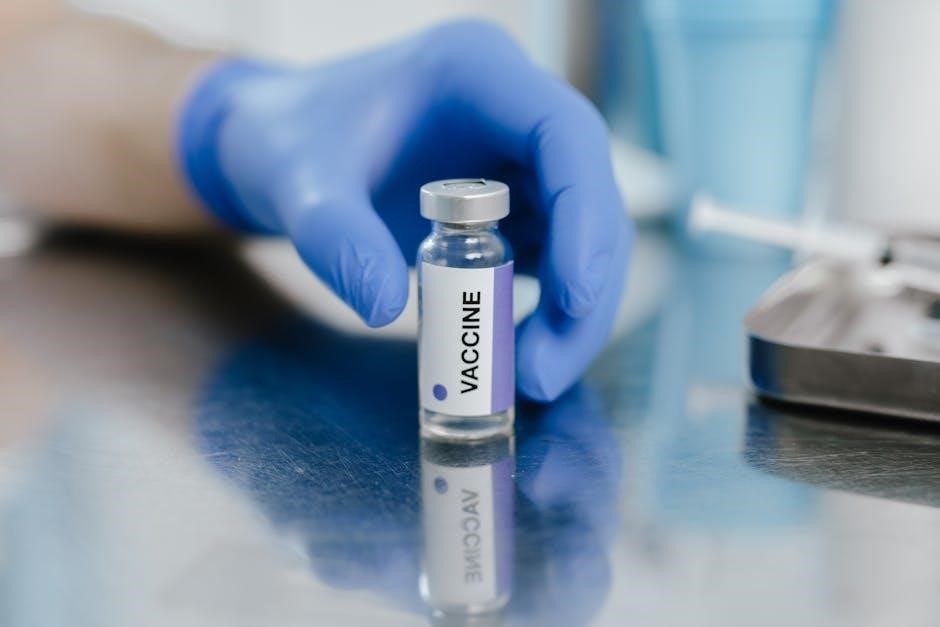
Phase III trials involve larger, diverse participant groups to confirm treatment effectiveness and safety, ensuring the readiness for regulatory approval and market use.
Comparative Studies with Existing Treatments
In Phase III clinical trials, comparative studies are conducted to evaluate the new intervention against existing treatments. This involves randomized controlled trials where participants are divided into groups receiving either the investigational treatment or the standard therapy. The primary goal is to determine if the new treatment is more effective, equally effective, or less effective than current options. These studies also assess whether the investigational treatment offers benefits in terms of reduced side effects, improved quality of life, or better dosing convenience. By comparing the new treatment to established therapies, researchers can establish its relative efficacy and safety profile, which is critical for regulatory approval and informing clinical guidelines. This phase ensures that any new treatment meets or exceeds the standards set by existing therapies, providing a robust evidence base for healthcare decisions.
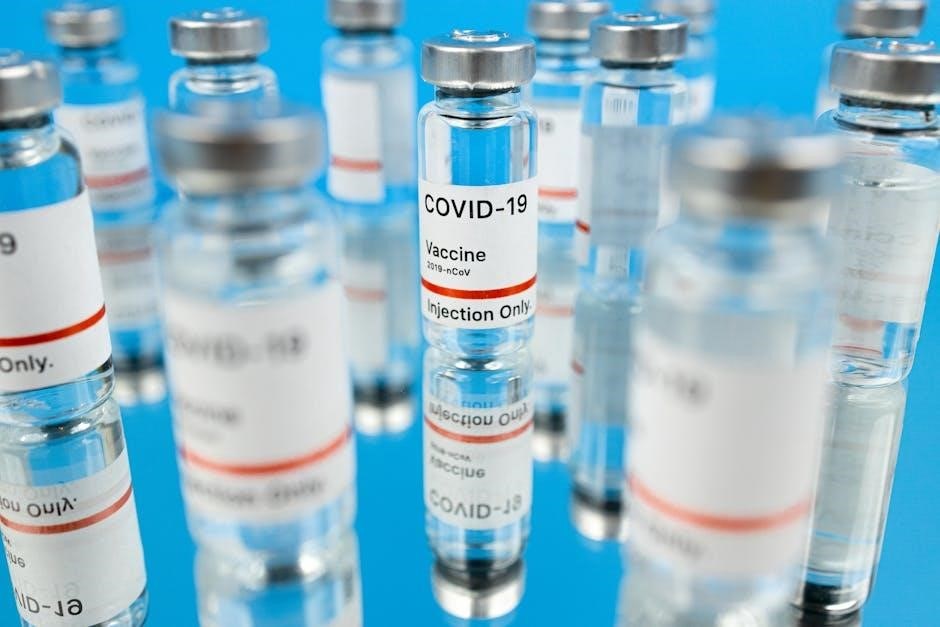
Large-Scale Testing for Safety and Efficacy
Phase III clinical trials involve large-scale testing to further assess the safety and efficacy of the investigational treatment. This phase typically includes thousands of participants, ensuring diverse representation to validate results across different populations. The primary goal is to confirm the effectiveness observed in earlier phases and to identify any rare side effects that may not have been apparent in smaller studies. Researchers also compare the treatment to currently available options, evaluating whether it offers superior benefits or fewer risks. This phase is critical for regulatory agencies, such as the FDA, to determine if the treatment should be approved for widespread use. The extensive data collected in Phase III provides a comprehensive understanding of the treatment’s performance, helping to establish its role in clinical practice and ensuring patient safety. This phase is the final step before seeking market approval and making the treatment available to the general population.

Phase IV Clinical Trials
Phase IV clinical trials occur post-approval, focusing on post-marketing surveillance to monitor long-term safety, effectiveness, and rare side effects in diverse populations over time and safety.
Post-Marketing Surveillance
Post-marketing surveillance, also known as Phase IV, occurs after a drug or treatment has received regulatory approval and is marketed to the public. This phase involves monitoring the long-term safety and effectiveness of the intervention in a broader, diverse population. The primary goal is to detect rare or long-term side effects that may not have been apparent during earlier phases. Surveillance activities include tracking adverse events, conducting observational studies, and evaluating the drug’s performance in real-world settings. Regulatory agencies, such as the FDA, oversee this process to ensure continuous safety and efficacy. Post-marketing surveillance also helps identify any unexpected benefits or risks, contributing to updated labeling or usage guidelines. This phase is critical for maintaining public health and ensuring that approved treatments remain safe and effective over time.
Monitoring Long-Term Effects and Safety
Monitoring long-term effects and safety is a critical component of Phase IV clinical trials. This phase focuses on identifying and assessing any delayed or prolonged side effects that may arise from the use of a drug or medical intervention. By observing large, diverse populations over extended periods, researchers can uncover rare adverse events or patterns that were not evident in earlier phases. This surveillance often involves observational studies, where patients are monitored in real-world settings rather than controlled environments. Data collection includes adverse event reports, patient registries, and long-term follow-up assessments. The findings from this phase help refine drug labeling, inform clinical practice, and ensure the ongoing safety of approved treatments. Additionally, this monitoring supports the evaluation of the drug’s effectiveness in various patient subgroups and contributes to the overall body of evidence supporting its use.
